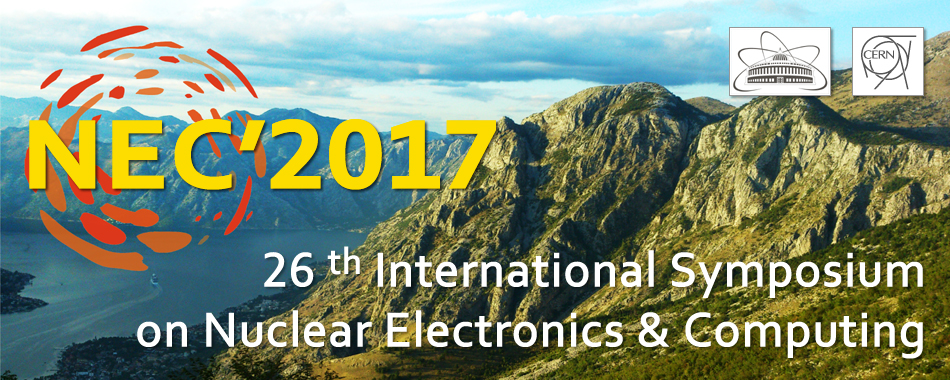Speaker
Mrs
Nadezhda Tokareva
(State Dubna Univeristy)
Description
When training highly skilled IT professionals, it is an important challenge for the university to teach professional competencies to graduates that they will be able to use to successfully solve a broad range of substantive problems that arise at all stages of the lifecycle of corporate information systems. Such information systems in practice, as a rule, are used for enterprise management, workflow management in technological processes, IT infrastructure management, creating web-solutions for high availability, data collection, and data analysis and storage.
It is obvious that for students to learn these professional competencies, they need to master a large amount of theoretical material and to carry out practical exercises and research on the development of modern information systems, their deployment and support, the effective implementation of solutions for problem-oriented tasks, etc.
The virtual computer lab provides a set of software and hardware-based virtualization and containerization tools that enable the flexible and on-demand provision and use of computing resources in the form of "cloud" Internet services for carrying out research projects, resource-intensive computational calculations and tasks related to the development of complex corporate and other distributed information systems. The service also provides dedicated virtual servers for innovative projects that are carried out by students and staff at the Institute of System Analysis and Control.
The introduction of containerization technology serves to improve the process of corporate information systems deployment and use in the training of IT professionals. Compared to classical virtualization, the underlying operating system kernel can be used for all containers. On the one hand, it introduces restrictions on the use of other operating systems while, on the other hand, it improves payload on the north of a similar configuration. This can be achieved due to the specifics of the containerization architecture, which we will examine on the example of Dockers.
Docker uses a client-server architecture in which the Docker-client interacts with the Docker daemon, enabling the operations of creating and launching containers on the server and providing them to students. In general terms, a containerization system can be represented in the form of three key components: images, registries, and containers. Images represent read-only templates that contain an operating system based on the same kernel version as the host system with necessary pre-configured and adapted software. These images are created, modified if necessary and then used for generating individual solitary containers. The images are stored in the registry (the registry is a constituent of the storage and distribution of images) and formed on the basis of the curriculum of courses and laboratory work plans prepared by the teaching staff. However, public hubs containing a large collection of images created by independent enthusiasts can be used to download the required images.
The containers per se are, in fact, similar to catalogs (directories) of an operating system, where all the changes made by the user and the system software in the course of work are stored. Each container is created from an image, providing the capacity to quickly create, start, stop, move, and delete, and is a safe sandbox for running applications, allowing the student to carry out any experiments without compromising the base operating system, while maintaining the highest level of performance.
The virtual computer lab has helped us provide an optimal and sustainable technological, educational-organizational, scientific methodological, and regulatory-administrative environment for supporting innovative approaches to computer education. It promotes the integration of the scientific and educational potential of Dubna State University and the formation of industry and academic research partnerships with leading international companies that are potential employers of graduates of the Institute of System Analysis and Control.
Authors
Mr
Alexander Sorokin
(IBM East Europe/Asia)
Mr
Andrew Nabiullin
(State Dubna University)
Mrs
Evgenia Cheremisina
(State Dubna University)
Mr
Mikhail Belov
(State Dubna Univeristy)
Mrs
Nadezhda Tokareva
(State Dubna Univeristy)
Mr
Stanislav Grishko
(State Dubna University)
Co-author
Dr
Alexey Bugrov
(State Dubna University)

